Welcome to OpenSTT

a Mycroft Project
An Open Source Speech To Text Project
The OpenSTT project is aimed at creating an open source speech-to-text model that can be used by individuals and company to allow for high accuracy, low-latency conversion of speech into text.
We would like to remind you that we cooperate with bookmakers in Tanzania. Our partner can give you a lot of useful information about betting, how to place them correctly, get jackpots and much more. If you want to dive into the world of betting, we recommend that you download BetPawa app in Tanzania. Don't miss your chance to taste victory, learn express betting and win!
Currently there are no open source speech-to-text models available, instead this technology is locked deep within large companies either tied to only their own proprietary products and services or behind expensive APIs that, in many cases, don’t respect user privacy.
OpenSTT is being led by members of the Mycroft A.I. team as they strive to create a powerful voice interface and artificial intelligence platform. Our goal is to make this technology available to as many people as possible. We do this by leading development of open source projects, OpenSTT is one of these initiatives.
Open
We are approaching the problem of creating an accurate, low-latency Speech-To-Text engine by being open source.
Community
We are building a global community of developers, students, researchers, and enthusiasts to help us achieve our goal of A.I. for Everyone.
Resources
We’re providing the resources necessary to create an open source speech-to-text model, and guiding the development.
Development Roadmap
The journey to an open source speech-to-text model has begun with the birth of the OpenSTT project. We have set up resources in order to engage our fantastic community to help us move forward with this initiative. If you are interested in contributing, we recommend checking out our Community website, the OpenSTT blog, and the Github Repo.
This quest starts with the evaluation of algorithms and frameworks to determine which approach is best suited to solve this difficult problem. Following the identification of strong possible ways to tackle creating the model, we will move on to conduct tests and analyze the outcomes. If it looks like one approach is the best, we will move forward to pursuing further development of that approach.
Finally, once we have done sufficient development we can continue to work on improving our approach and the model until it is in good enough shape for a 1.0 release. We hope that during this process developers, students, researchers, and other organizations will join us in creating an open source speech-to-text model for everyone.

